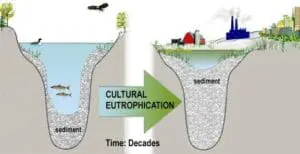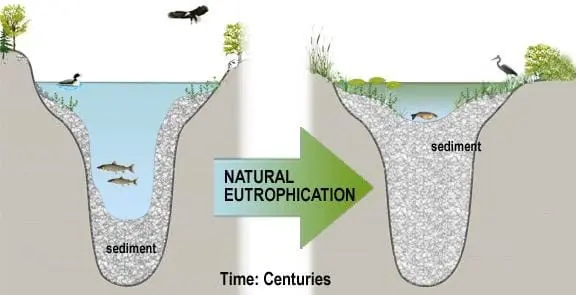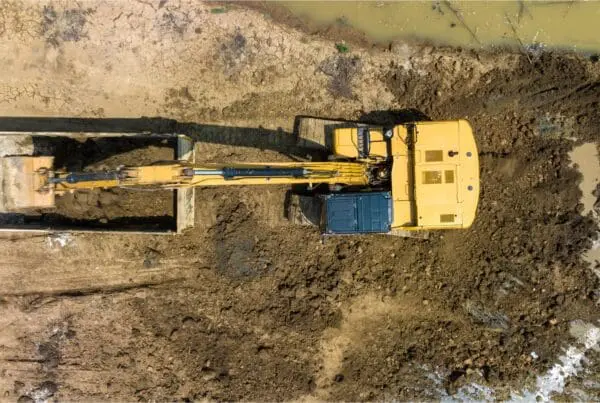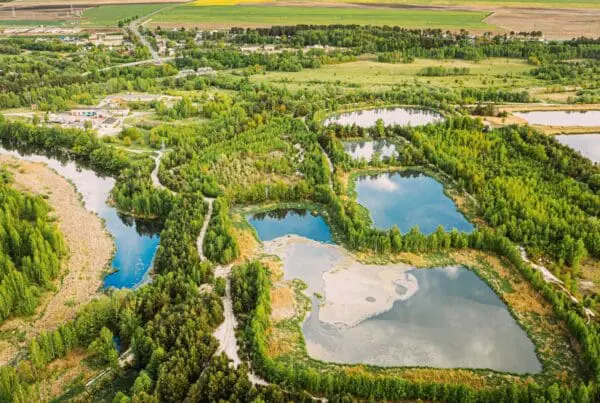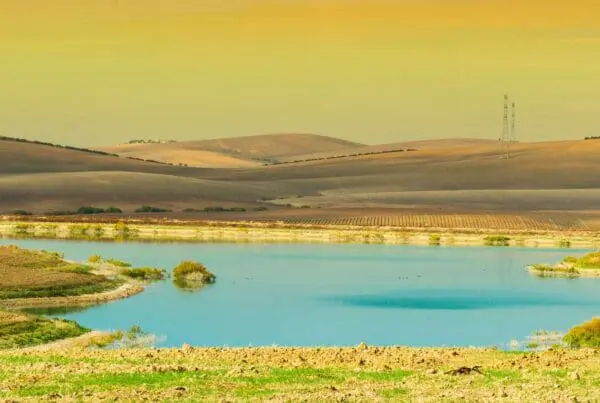The words Eutrophic, Mesotrophic, Hypertrophic, Oligotrophic, and Dystrophic all have the same base word -> trophic. If you search online, trophic has three working definitions:
- of or pertaining to nutrition,
- (ecology) describing the relationships between the feeding habits or organisms in a food chain, and
- (physiology) of or pertaining to growth.
In a sense, all of these definitions are applicable to the aforementioned vocabulary words and their application to limnology (freshwater ecology), however, we are going to focus on the first definition – ‘of or pertaining to nutrition’.
Understanding Plant Nutrients
We learn early in life that plants are the only living things that make their own food through photosynthesis, however they do need some inputs such as:
- Sunlight,
- Water,
- Carbon Dioxide, and
- Nutrients.
While you may expect the last requirement – nutrients – to actually be soil, in reality, plants can be grown without soil – what is known as hydroponics, (growing without soil). But what about plants growing in water, or aquatic macrophytes? Aquatic plant growth is stimulated by the nutrients that make their way into water. More nutrients create more plant growth, just like a lower amount of nutrients create a lower amount of plant growth. These vocabulary words below, therefore, will give us an idea of the level of nutrients available to primary production (i.e. plant growth).
- Oligotrophic – relatively low nutrients
- Mesotrophic – Moderate nutrients
- Eutrophic – High nutrients
- Hypertrophic – Very high nutrients
- Dystrophic – High in humic and organic acids, low in nutrients; acidic, tea-colored water
All of these ‘trophics’ have different ecosystem responses and associated management strategies, however most managers (and citizens) are concerned with Eutrophication. The watershed make-up – forested, farmland, developed – influences the amount of nutrients being washed into the pond/lake on each and every precipitation event. Higher amounts of nutrients being washed into the water give the term Eutrophication its meaning – nutrients have to be used in some way once they become available!
When Problems Arise Within the Ecosystem
Plants and algae are the base of the ecosystem food web and are the quickest to use the newly available nutrients – the fastest of the two is algae! Algae can begin growing rapidly and dying on the surface of the water; oftentimes growing so dense that the layer of algae blocks sunlight to the plants growing beneath the surface. This dense algae growth is also known as an algal bloom (more on this in future blog posts). Algal bloom greatly reduces the amount of oxygen the bottom plants can produce for the water column due to the fact that photosynthesis is not possible in low/no light.
As the algae dies and falls to the lake bottom, decomposers and bacteria get to work breaking down the biomass – using up the bottom water (hypolimnetic) oxygen during respiration. Prolonged periods of algal blooms can affect hypolimnetic oxygen greatly. Deep water dissolved oxygen can become highly reduced (hypoxic) and/or depleted completely (anoxic). The lack of dissolved oxygen can have a large variety of consequences, most important to citizens is the chance of fish kills.
How Eutrophication Comes Into Play
Eutrophication, the process of nutrients entering waterbodies, is completely natural. Sometimes it is referred to as ‘lake – aging’. It is also thought of as the ‘filling in’ of waterbodies overtime. More nutrients = more plant/algae growth = more built-up biomass on the lake bottom = more oxygen use by decomposers = increased oxygen depletion = animal life death = more biomass accumulation on the bottom of the lake, over and over again. Over time this leads to a reduction of water depth and an increase in sediment/muck depth. (depending on soils and watershed there may be large input of actual sediment, sediment still carries nutrients).
Eutrophication can also be thought of as the transition from pond or lake to grassy meadow, unless action is taken to reverse the effects such as dredging and/or action is taken to prevent nutrients from entering the waterbody from the watershed. This takes careful planning and mindful implications of Best Management Practices (or BMPS) within the watershed!
Although eutrophication is natural, humans, society, and the development within the watershed has sped up the ‘filing in’ process from centuries to mere decades. To illustrate this idea of natural eutrophication vs. cultural eutrophication, check out the images below from RMB Environmental Laboratories, Inc.
